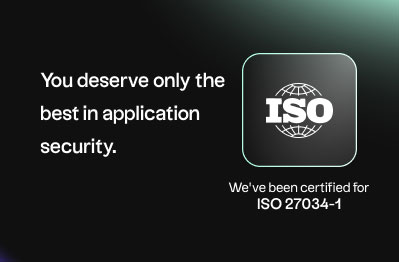
The world of pharmaceuticals is no stranger to data. Clinical research itself relies significantly on empirical data to test theories and determine treatment effectiveness. As the industry grows, so does the amount of data available. This offers a prime opportunity for pharma organizations to scale analytics adoption and incorporate more sophisticated data science techniques.
Because amid constantly changing customer needs, medical research, and regulations, scientists and pharma professionals can definitely benefit from a tool that takes all this data and turns it into foresight. This is where predictive modeling and machine learning come in. By incorporating predictive analytics in the pharmaceutical industry, you can get visibility into future outcomes, forecast product demand, and monitor anomalies in real time.
Predictive insights have the potential to transform pharma research and operations—from the lab to the supply chain to the clinic.
In what ways does Predictive Analytics help pharmaceutical companies?
1. Optimize drug development
In a typical pharmaceutical workflow, clinical research is often a tricky phase to optimize. It involves a lot of trial and error and overall has a low success rate—only 14% to be exact. The challenge doesn’t just stop at development too. According to the Tufts Center for the Study of Drug Development, the average cost for a drug candidate to reach marketing approval is a whopping $2.6 billion.
To optimize research operations, pharmaceutical scientists can turn to machine learning algorithms to discover potential pitfalls in the early stages of development. Using classification techniques, you can get insight into what type of drugs are likely to be retained, what is likely to transform the composition, and even the likelihood of success in the adoption process. You can also forecast market demand for products which helps in prioritization for development.
These predictive insights will not only help organizations improve R&D productivity and mitigate risk but will also help to make informed development and distribution decisions.
2. Predict site health for clinical trials
Another challenge often encountered in the research and development phase has to do with the sites used for clinical trials. With a lot at stake, researchers need an efficient way to evaluate potential sites beforehand and rule out any potential issues. The reality is: 50% of Phase 3 clinical trials fail, and 2/3 of investigative sites fail to meet the patient enrollment requirements.
The key here is to get a better idea of site health through predictive modeling. Using historical pharma data (number of treated patients and protocol complexity are a few examples), machine learning algorithms can identify the factors that contribute the most to site health and in turn, pinpoint optimal sites and determine its likelihood of clinical failure.
With ML models like this in place, clinical trials can take place smoothly, the research process can be streamlined, and productivity can be improved.
3. Predict drug effectiveness
Like most industries, it’s crucial for pharma organizations to keep the end user in mind when it comes to business decision-making. Product development, for example, should be closely tied not only to market demand, but also to the emerging needs of patients and consumers.
As mentioned above, it can be quite tricky to get marketing approvals for drug candidates. In fact, 90% fail to get an approval to market their product. Plus, prescription drugs only have a 1 in 5 chance of causing serious reactions after they have been approved.
With predictive analytics, pharma organizations can improve product development by forecasting drug effectiveness beforehand. This information can be taken a step further through survival analysis, with additional insight into when a treatment might become ineffective. This proactive approach to treatment will go a long way in making sure that patients receive optimal treatment and improving health outcomes.
4. Improve sales operations and performance
Predictive analytics can make an impact outside the research lab as well. Just as important as developing and manufacturing a product is selling it. And there is always room for improvement when it comes to managing your sales pipeline. After all, 44% of executives are of the opinion that their company isn’t efficient in that area.
Pharma sales come with its own challenges. The advent of digital tools and a constantly evolving body of research has made it crucial for pharma sales reps to optimize strategies and be more relevant, unique, and valuable to doctors and clients. This is where machine learning enters the equation.
Using clustering, group medical practitioners based on relevant dimensions and create defined customer segments. This way, you can personalize sales efforts, incorporate targeting strategies, and effectively upsell and cross sell products.
Incorporating Predictive Analytics
With continuous challenges in clinical research, product development, and customer satisfaction, the pharma industry is ripe with opportunities for predictive analytics. Unfortunately, adoption isn’t all that prevalent yet. According to Beghou Consulting’s 2019 Emerging Pharma Pulse report, almost 60% of pharmaceutical companies admit that they use advanced analytics only “somewhat” or “to a limited extent”.
The four real world scenarios listed above are just the starting point. Leverage predictive analytics and machine learning and get access to smarter insights that will give way to numerous developments in pharma research, manufacturing, distribution, and sales.





